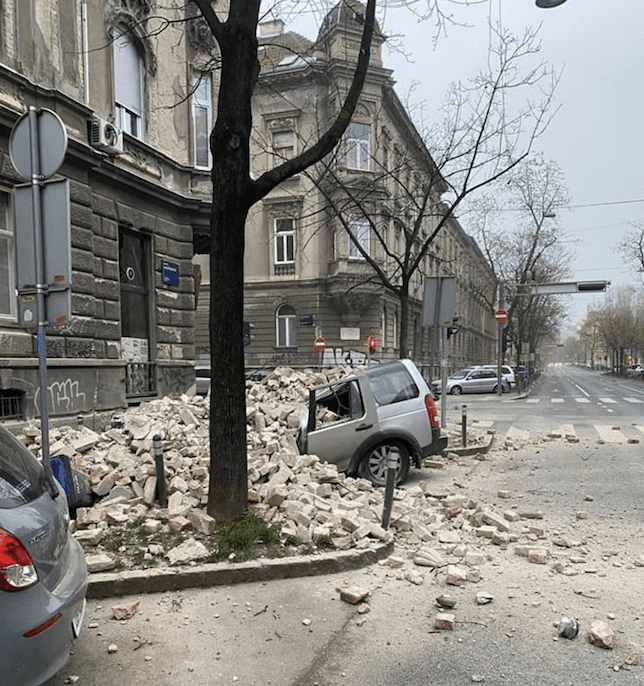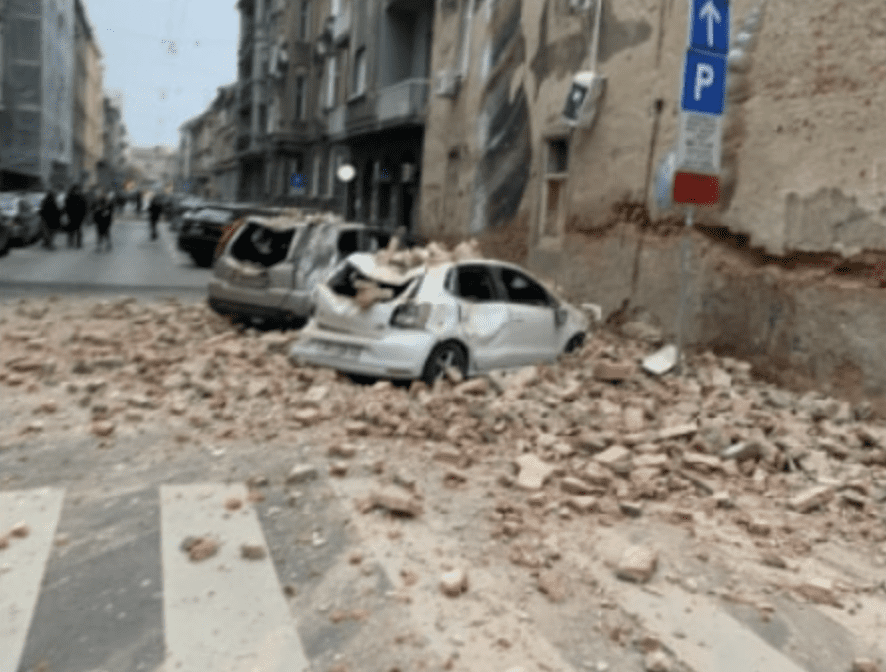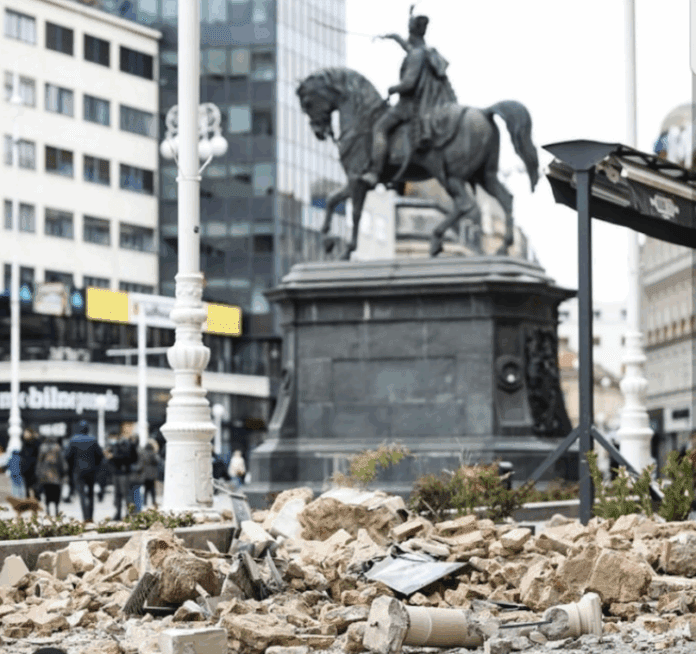Marko Barišić: In response to the earthquake in Croatia in March 2020, the government will mandate seismic certificates for all buildings from 2026, prioritising public structures like schools and hospitals. The law aims to enhance safety in earthquake-prone regions, assessing construction resilience to reduce damage and casualties. New standards include reinforced concrete and steel, impacting property values and safety compliance nationwide.
Following the Zagreb and Petrinja earthquakes, which caused extensive damage, Croatia is preparing a new law requiring all buildings to obtain seismic certificates starting next year.

Scope and implementation of the new requirements
Initially, the mandate will apply only to public buildings, such as schools, kindergartens, hospitals, aged-care facilities, and similar institutions. However, it is anticipated that many apartment building owners and homeowners will also seek such certification.
A seismic certificate will assess a building’s resistance to potential earthquakes. This is not a new tax but a measure to determine the mechanical resilience and stability of structures during seismic events.
Classification and transparency for property transactions
Based on construction methods, buildings will be classified into specific categories outlined in the certificate. This will provide residents, sellers, or buyers with clear insights into a property’s ability to withstand earthquakes of certain magnitudes.
The law aims to establish construction standards to minimise casualties and damage in future earthquakes. Civil engineers explain: “A reinforced concrete building may crack but should not collapse.”
Advances in construction practices
This means such buildings can be quickly repaired and reused after a quake. Notably, in Zagreb and Banovina, all new post-earthquake constructions now use reinforced concrete with heavy steel reinforcement.
Previously, reinforced concrete was reserved for load-bearing walls and floor slabs, with bricks used elsewhere. Today, those prioritising quality and earthquake resistance no longer follow this approach. Bricks are now mainly used for partition walls.
Family homes must also meet specific standards, including concrete and mandatory steel reinforcement in gable walls.

Regional seismic risks and legislative adaptation
The recent earthquake in Croatia has further justified Croatia’s regulatory changes. Europe is divided into seismic zones based on historical activity. Croatia, alongside Italy, Greece, and Turkey, falls within the earthquake-prone Mediterranean region. In contrast, countries like the Netherlands or Germany rarely experience quakes.
Earthquake risk also depends on local terrain—whether built on rock, hard soil, or soft soil—which influences a quake’s destructive potential. While nations can adapt building laws accordingly, Croatia now seeks to standardise stricter criteria, representing a significant investment in future safety.
Historical precedents and future-proofing
Buildings constructed after the 1964 Skopje earthquake—a wake-up call for the region—proved resilient during Zagreb’s 5.5-magnitude quake and Petrinja’s 6.2-magnitude tremor.
New constructions now aim to withstand magnitudes of 8–9 on the Richter scale. A seismic certificate will clarify a building’s earthquake resistance, which will inevitably influence property values as aresult of the earthquake in Croatia. More details on the rebuild progress can be found on the Ministry of Physical Planning, Construction and State Assets website.

